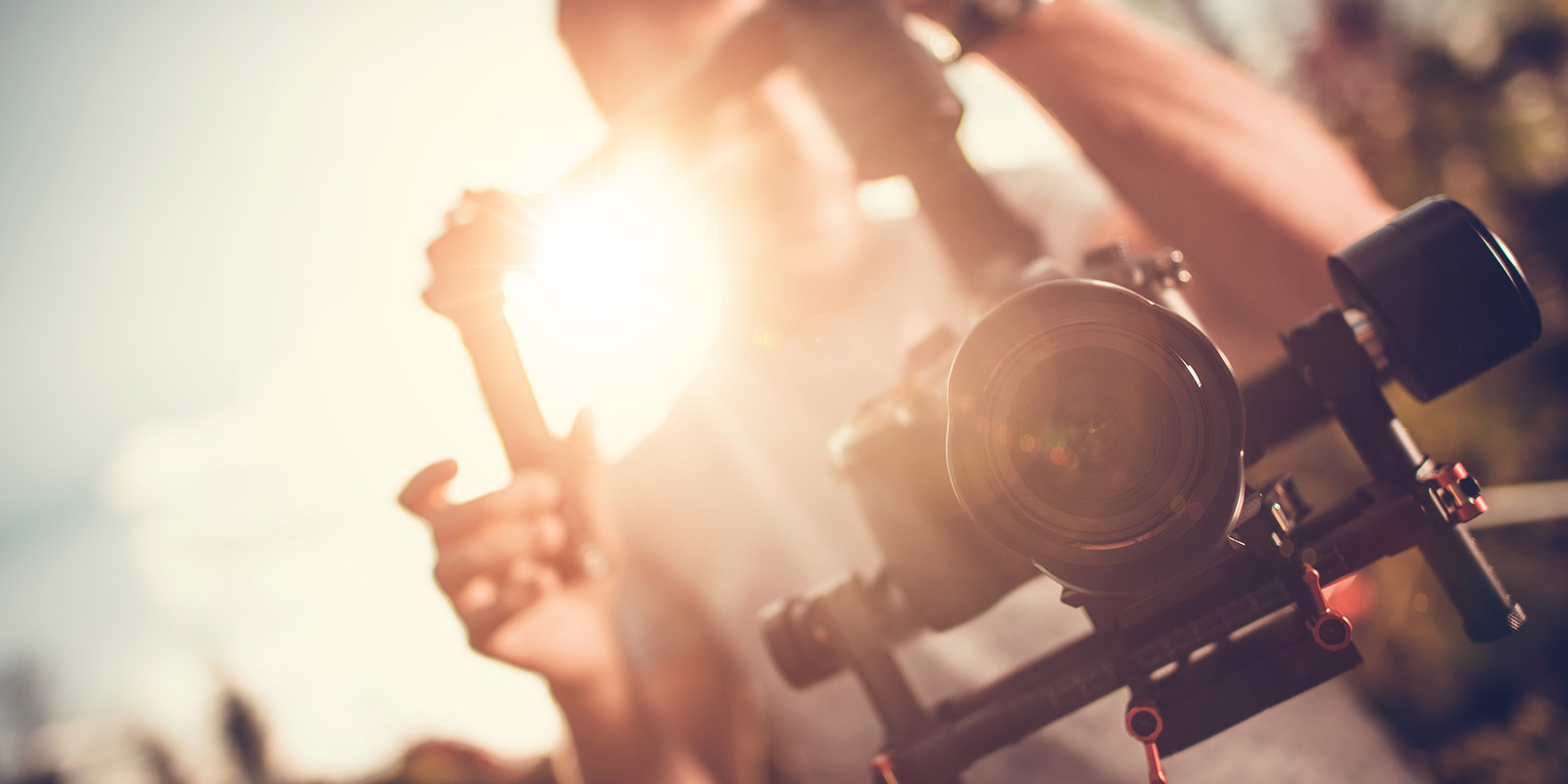Not got time to read? Listen instead with our audio version
Creating video for social media used to feel like a nice extra. Now, it’s the standard, it’s how brands are discovered, how stories are told, and often how customers form their first impressions. So, what’s the best way to make video that works? One of the most common questions we get from clients is this: should we be filming on our phones or investing in camera crews? The answer depends entirely on what you're trying to do. Both options can deliver strong results, the key is knowing when and how to use each.
Understanding the difference
Smartphones and professional style cameras each bring different strengths. On one side, you've got immediacy. Pull a phone from your pocket, shoot a short clip, and it’s online in minutes. On the other, you have more control. Framing, lighting, audio, and consistency are far easier to manage with a professional setup.
This isn’t really about specs, it’s about purpose. If the content is reactive or informal, a phone may be the better choice. If it’s built to last, to land on a website or headline a campaign, camera footage can carry more weight.
There’s no single right answer, which is why we often recommend a mix.
When to reach for your phone
For content that needs to feel quick, real, and engaging, smartphone footage fits the brief. Think behind-the-scenes clips, on-the-spot interviews, event highlights, or team updates. Social platforms like TikTok and Instagram are designed to thrive on that type of content.
What matters most here is energy and authenticity. You don’t need a polished look. Trying too hard to make phone footage appear like a high-end shoot can have the opposite effect. The best results come from being intentional yet relaxed. Keep shots steady, use good lighting, and ensure clear audio. If the moment is interesting, the format will follow.
When it’s time to use a camera
There are moments when quality takes priority. If you're showcasing a new product, telling your brand story, or capturing customer testimonials, the detail matters. Professional production gives you the control and clarity to get it right.
This type of footage is built to last. It’s not just about how it looks today but how it holds up in six months when a new prospective customer visits your website. If the video reflects quality, it can shape perception in a way that smartphone footage often can’t.
That doesn’t mean it should feel overly polished. A good production setup can still appear natural and human. The goal is to stay consistent with your brand while delivering a level of clarity that’s hard to achieve on a phone.
Why a mixed approach often works best
Most brands don’t need to pick one or the other, some of the most effective content strategies use both. High-quality campaign videos can be paired with casual social clips. Product shoots can be supported by behind-the-scenes stories. An event recap can include both phone footage and camera coverage.
It’s about matching the content to the context. Short-term, fast-moving content benefits from the flexibility of smartphones, longer-term brand assets deserve the precision of professional production.
You don’t need to film everything twice. You just need a plan that understands what each tool does best.
Explore digital marketing & lead generation
Final Thoughts
Video can be simple. It doesn’t have to involve large budgets or last-minute filming. A bit of forward thinking helps you create video content that is purposeful, engaging, and suited to the platform you’re using.
Whether you’re building an internal content process or need support from an external team, Method can help. We work with brands to plan, shoot, and deliver video that fits the job, the message, and the audience.
If you’re ready to improve how you use video, whether on a phone, a camera, or both, let’s have a conversation.



